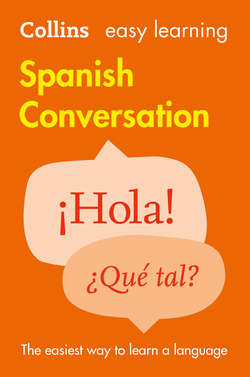Spanish pronunciation
Spanish pronunciation is easier than you might think. First, words are written pretty much as they sound. So, when you see a new word written you’ll know how to pronounce it and when you hear a new word you’ll know immediately how to spell it. Second, there are no sounds which are radically different from English ones. Below we give some tips to help you pronounce Spanish naturally.
Spanish vowels
In English, vowels we don’t emphasize tend to sound like the –er in mother, for example central, January. In Spanish this never happens. Spanish vowels are always clearly pronounced.
This is how Spanish vowels are generally pronounced:
| a | – between the a in hat and the u in Southern English hut |
| e | – similar to e in pet |
| i | – similar to ee in been, but shorter |
| o | – similar to o in hot |
| u | – similar to oo in too, but shorter |
Which syllable to emphasize
To make your Spanish sound more fluent, it’s important to emphasize the right syllable. The rules for this are very simple.
• If a word ends in a vowel, in –s or in –n, and has no written accent, you emphasize the last syllable but one:
| la playa (beach) | | amueblado (furnished) |
| el equipaje (luggage) | | compramos (we buy) |
| el parachoques (car bumper) | | joven (young) |
• If a word ends in any consonant other than –s or –n, and has no written accent, you emphasize the last syllable:
| el despertador (alarm clock) | | aparcar (to park) |
| el animal (animal) | | andaluz (Andalusian) |
| la verdad (truth) | | el español (the Spanish language) |
• Any words which are exceptions to these rules have a written accent to show which syllable you need to emphasize:
| último (last) | | próximo (next) |
| el análisis (analysis) | | jóvenes (plural form of ‘young’) |
| fácil (easy) | | la excursión (excursion) |
¿LO SABÍAS?
There may be an accent on the singular form of a word but not on the plural and vice versa: ración, raciones; joven, jóvenes.
